Root vegetables are more than just culinary staples they’re also surprisingly beautiful garden additions. From colorful tubers to vibrant foliage, these underground treasures offer a delicious harvest and eye-catching charm above the soil. Growing plants with edible roots connects you to the earth in a meaningful way and adds diversity to your edible landscape. Whether you’re a seasoned gardener or just starting out, these 10 amazing root crops will bring both flavor and ornamental appeal to your garden.
1. Carrots (Daucus carota subsp. sativus)
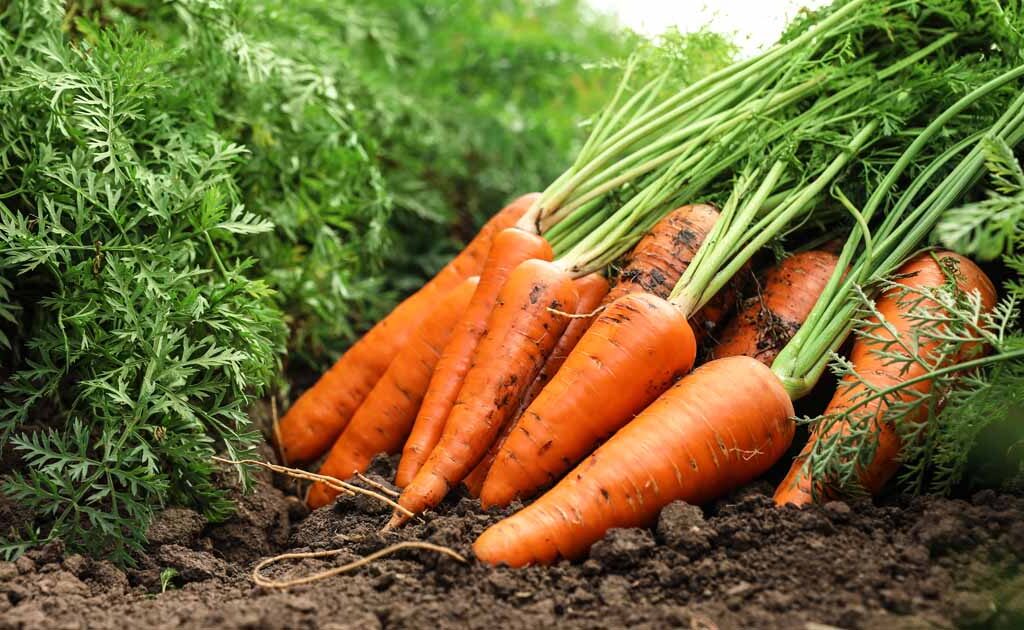
Carrots are a garden classic for good reason. Their feathery, fern-like foliage adds a delicate texture to garden beds, while their edible roots range in color from orange and yellow to purple and white. Easy to grow in loose, well-drained soil, carrots prefer cooler temperatures and can be harvested in a variety of sizes. Aside from their sweet, crunchy flavor, they’re rich in beta-carotene and antioxidants, making them both beautiful and nutritious.
2. Beets (Beta vulgaris)

Beets offer a two-in-one edible experience the vibrant roots and nutrient-rich leafy greens. With deep red, golden, or even candy-striped varieties, beets add a splash of color to both your garden and your plate. Their lush foliage can stand alone as an ornamental border, while the roots are earthy and sweet, perfect for roasting or juicing. Beets grow well in full sun and slightly acidic, well-draining soil, making them an easy and colorful choice.

Radishes are fast-growing, flavorful root vegetables that come in striking colors red, pink, white, and even black. Their round or elongated roots are crisp and peppery, ideal for adding a kick to salads or pickles. Beyond their culinary use, radishes are great for compact gardens or interplanting, maturing in just 3–4 weeks. Their leafy tops can also be eaten sautéed or in soups, making radishes a quick and beautiful edible garden win.
4. Sweet Potatoes (Ipomoea batatas)
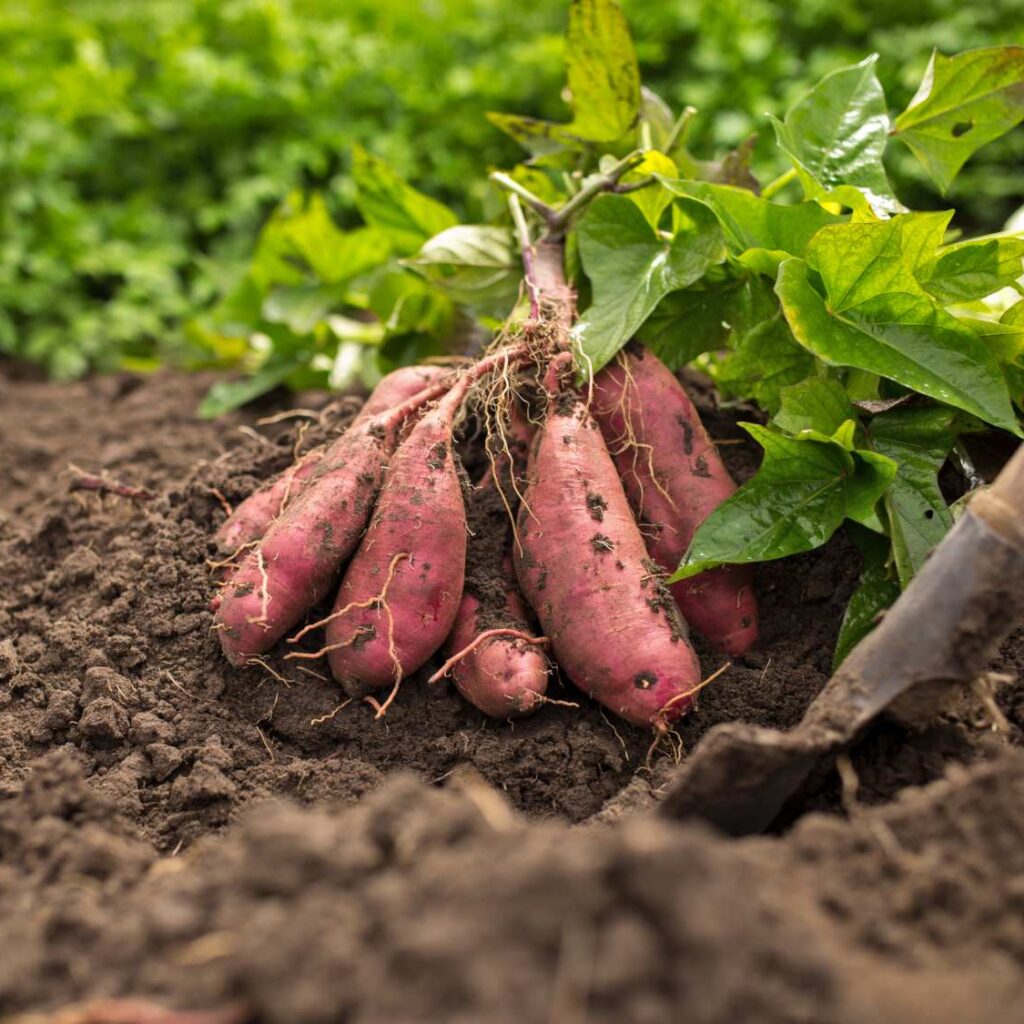
Sweet potatoes are not only a nutrient-dense food source but also a lush ornamental ground cover. Their trailing vines and heart-shaped leaves can be green or even purple, adding texture and beauty to raised beds or containers. Beneath the soil, their sweet, starchy roots develop over the summer and are ready for harvest in fall. These warm-season crops are easy to grow in loose soil and double as a lovely living mulch.
5. Turnips (Brassica rapa subsp. rapa)
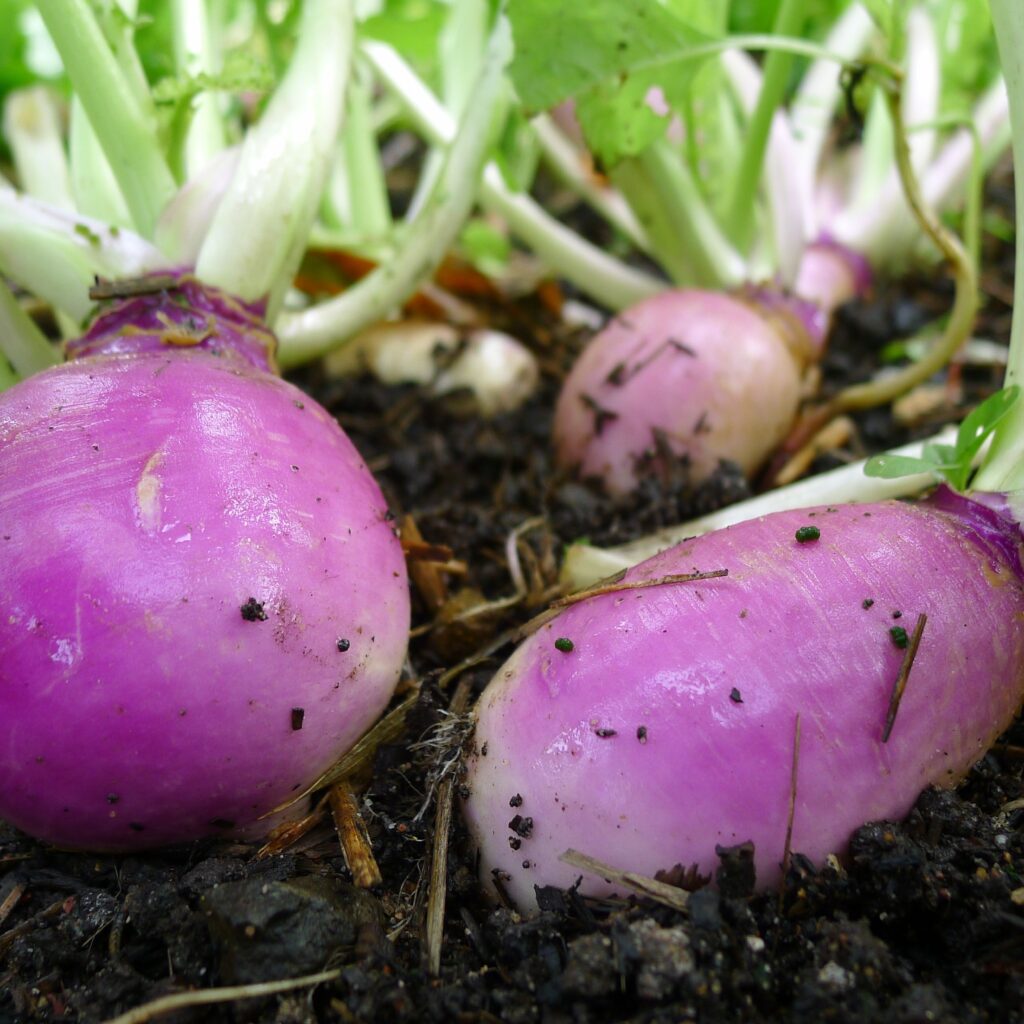
Turnips are underrated gems that provide quick-growing, globe-shaped roots and tender leafy greens. The roots are mildly spicy when raw and mellow when cooked, while the greens are excellent steamed or stir-fried. They’re cool-season crops that thrive in spring and fall, and their compact size makes them perfect for small gardens. Some heirloom varieties even boast purple-topped white roots, making them a charming and colorful addition to your edible landscape.

Parsnips resemble pale carrots but offer a sweeter, nuttier flavor, especially after the first frost. These roots grow deep and need time to mature, but the reward is worth it. Their foliage looks similar to carrots and can serve as a soft, textured filler in garden beds. Parsnips are ideal for roasting or soups and are packed with fiber and vitamin C. Plant them early and be patient they’ll reward you with rich, hearty flavor by late fall.
7. Horseradish (Armoracia rusticana)

Horseradish is a bold, spicy root that’s as dramatic in the garden as it is on the plate. Its large, upright green leaves form a striking backdrop, while the pungent roots grow deep and strong. This perennial plant thrives in cooler climates and spreads easily, so it’s best planted in a designated area or container. Once harvested, the root can be grated fresh into sauces for a sinus-clearing kick that enhances meats and dressings.
8. Salsify (Tragopogon porrifolius)

Also known as the “oyster plant” for its unique flavor, salsify produces long, thin, creamy-white roots and beautiful purple flowers in its second year. Though lesser known, it’s easy to grow and thrives in rich, loose soil. The roots are delicious roasted, mashed, or added to soups. The plant’s grassy foliage and tall flower stalks give it ornamental value, making salsify both a culinary curiosity and a visual delight in cottage or kitchen gardens.
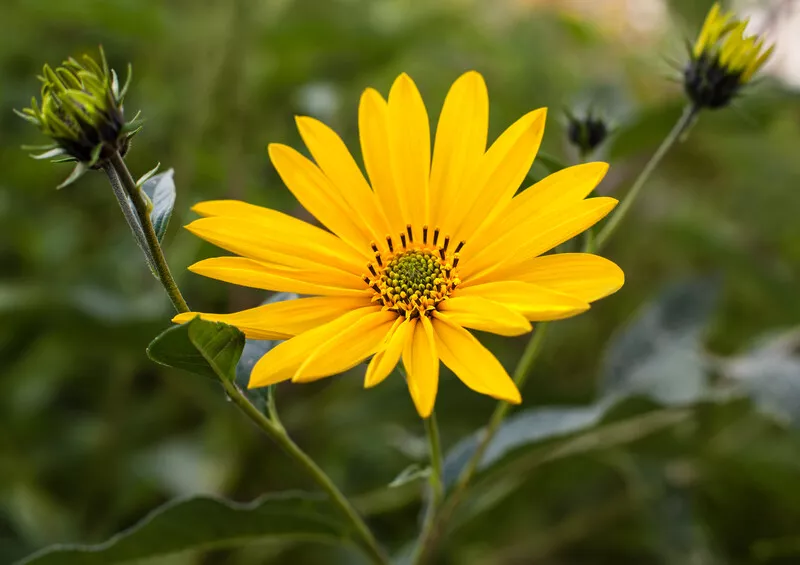
Also known as sunchokes, these sunflower relatives produce knobby, edible tubers that are nutty, sweet, and versatile in the kitchen. Above ground, they resemble sunflowers, with tall stems and bright yellow blooms that add height and cheer to the garden. Jerusalem artichokes are hardy perennials and can be harvested after frost for a rich, starchy treat. However, they can spread aggressively, so plant them where they have room or contain them with barriers.
10. Cassava (Manihot esculenta)
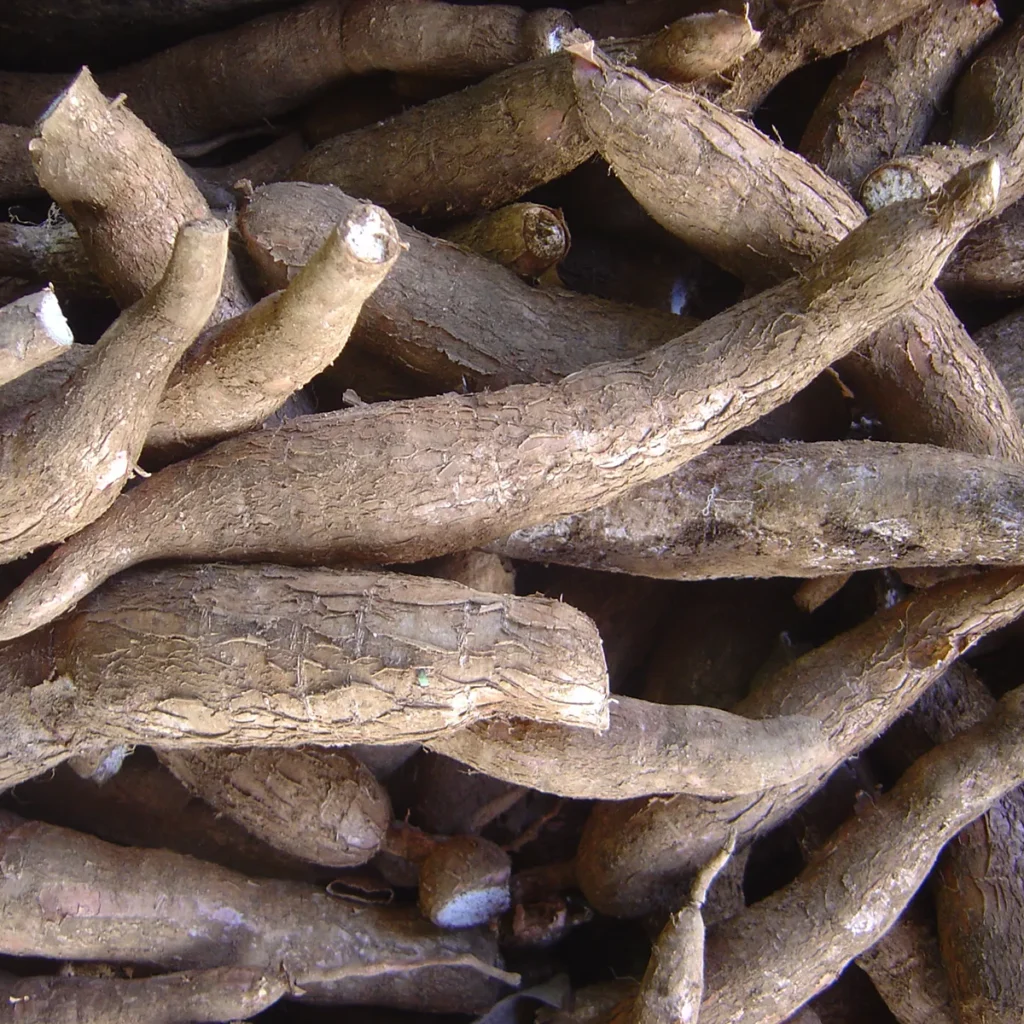
Cassava is a tropical staple with large, palmate leaves and edible starchy roots that form underground tubers. It’s a stunning plant with upright growth and lush foliage that can serve as an ornamental feature in warmer climates. The roots must be cooked properly to remove natural toxins, but they’re widely used in global cuisines for making tapioca, chips, and flatbreads. Cassava needs warm temperatures and well-drained soil but delivers a high-calorie harvest and tropical flair.

